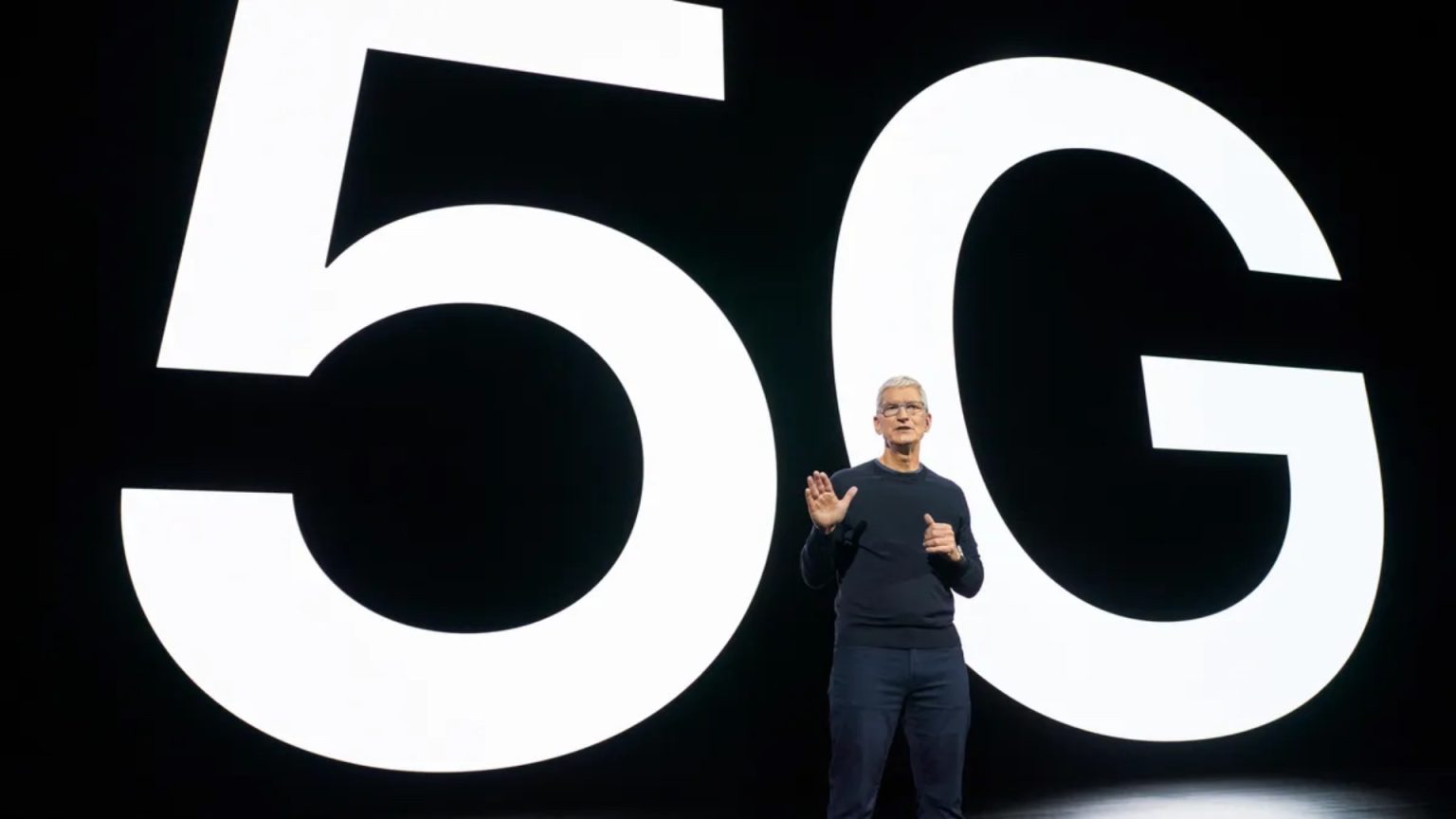Apple has extended its licensing agreement with Qualcomm to obtain cellular modem components for three more years until 2026. The current deal was set to expire at the end of 2023, with the new agreement signifying that Apple’s in-house modem efforts have hit new roadblocks and won’t be ready anytime soon (via Bloomberg).
Qualcomm, in a statement confirming the new deal, has said that its Snapdragon line of modems will go into future iPhone generations launching in 2024, 2025, and 2026. The new deal also means that Qualcomm gets to keep its biggest customer on hand for a few more years, as Apple orders account for 22% of Qualcomm’s total revenue, adds Bloomberg.
The financial terms and exactly how much Apple is paying for Qualcomm remain undisclosed, though the latter has indicated that the extended agreement carries similar terms to the original deal signed back in 2019.

Discover new horizons, always connected with eSIM
Travel the world stress and hassle-free with the best eSIM service available. Enjoy unlimited data, 5G speeds, and global coverage for affordable prices with Holafly. And, enjoy an exclusive 5% discount.
The move – coming on the eve of Apple’s “Wonderlust” iPhone 15 event – hints that the company is still facing significant hurdles with developing its custom in-house modems. Bloomberg reports that Apple began that project as far back as 2018, a year before it acquired Intel’s smartphone modem business for $1 billion.
The deal also bolsters Qualcomm’s position as the undisputed leader in the business of mobile cellular modems. “This agreement reinforces Qualcomm’s track record of sustained leadership across 5G technologies and products,” boasted Qualcomm in today’s statement.
Apple’s initiative is an open secret in the industry, as Bloomberg previously reported that the company’s Senior Vice President of Hardware Technologies Johny SroujiJohny Srouji was born in 1964 in Haifa. He is Apple's Senior Vice President of Hardware Technologies and one of the company's most important executives at present. Srouji graduated with a bachelor's degree in Computer Science in 1988 and a master's degree in 1990, earning both qualifications from the Technion Institute of Technology. Srouji began his career in 1990, joining... has labeled the project a “key strategy decision” in 2020 during an internal event.
Apple hopes for its in-house modems to take the footsteps of its other custom silicon projects, with superior battery life, great cellular performance, and worldwide compatibility with various cellular networks. The company is still working around those issues, adds Bloomberg, and has ran into others, such as “bureaucratic challenges” when it comes to official certification from regulatory authorities.
Internally, Apple had set its sights to commercially offer its in-house modems on iPhones as soon as 2024 or 2025. However, it’s now very likely that these custom modems won’t see the light of day until 2027, barring any future setbacks.
Earlier, Ming-Chi Kuo reported that the upcoming iPhone SE – coming out in 2024 or 2025 – was set to be the first iPhone to use Apple’s custom modems, though it’s plausible that these plans are now canceled.
There’s still a slim chance that Apple could begin shipping its custom modems before 2026, adds the report. Like many other new technologies, Apple will gradually roll out its own modems into various products, which presumably could extend to the Apple Watch and iPad.
The iPhone 15 lineup – set to be unveiled tomorrow – was already predicted to rely on Snapdragon’s modems. The iPhone 15 Pro and iPhone 15 Pro Max are said to be equipped with the newer Snapdragon X70 modem for faster 5G speeds and higher efficiency, while the iPhone 15 and iPhone 15 Plus will use the older X65 modem.



